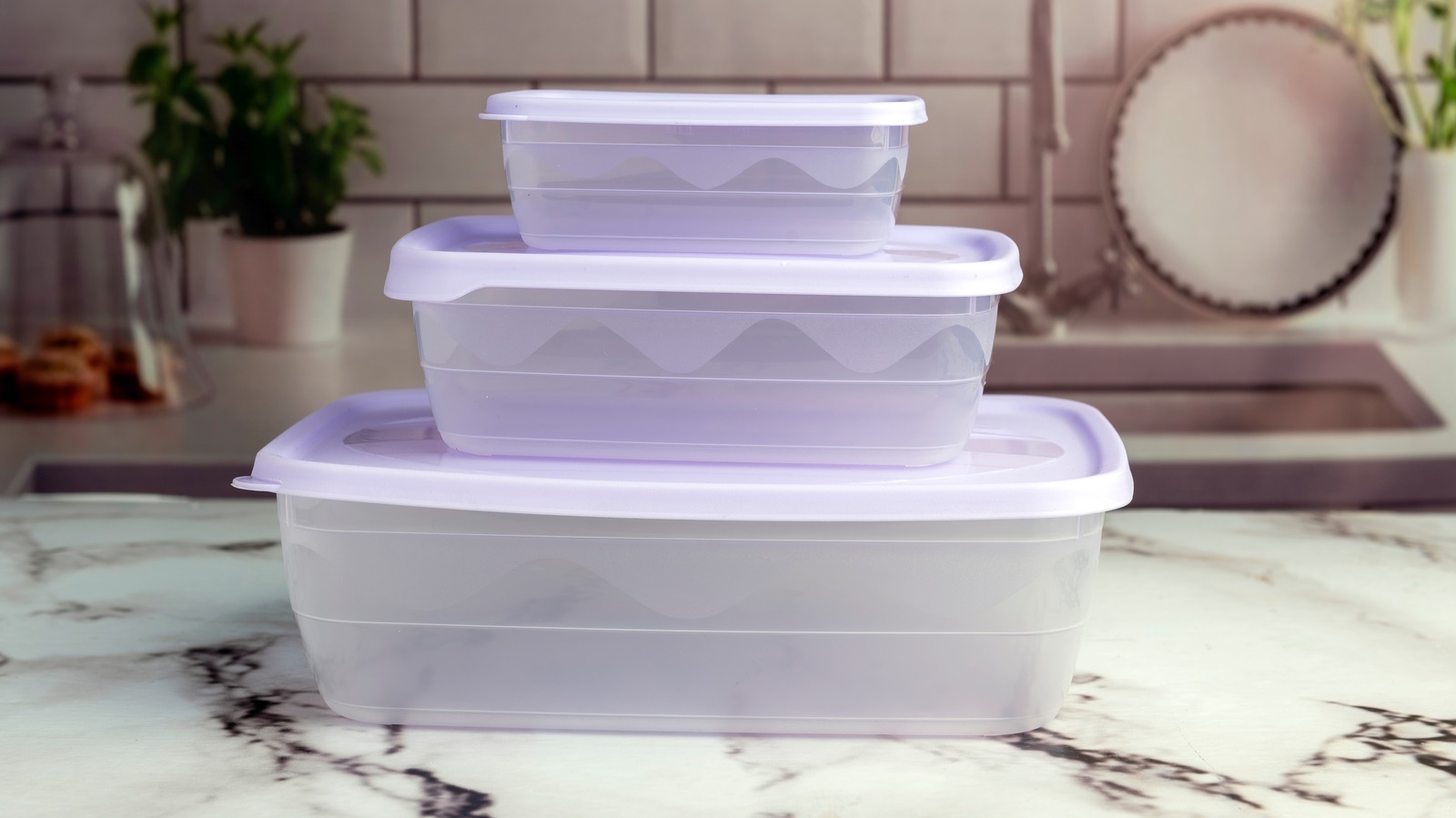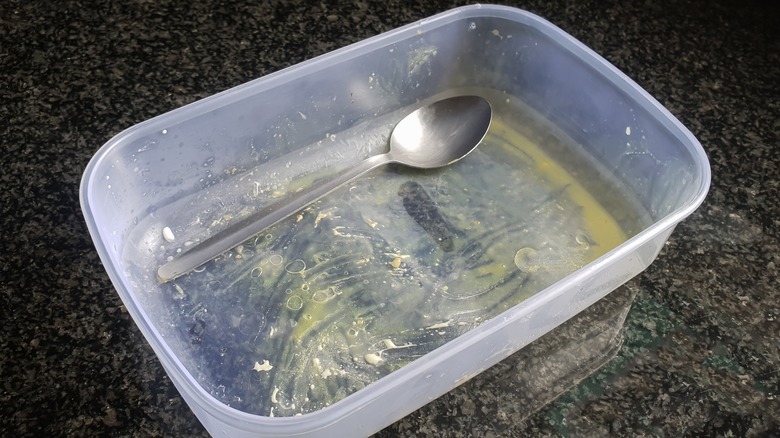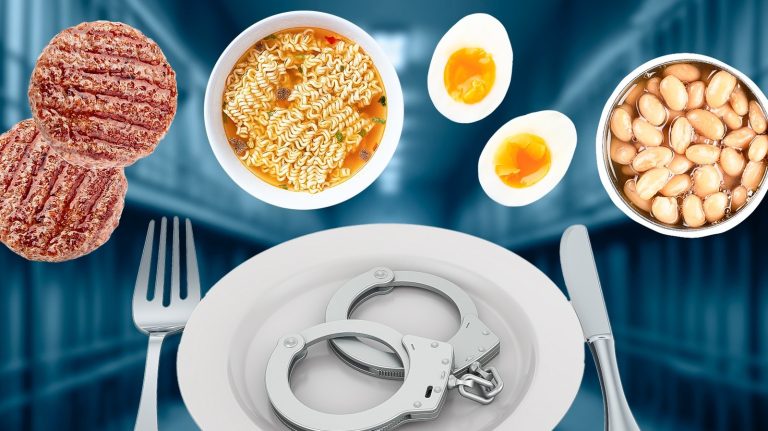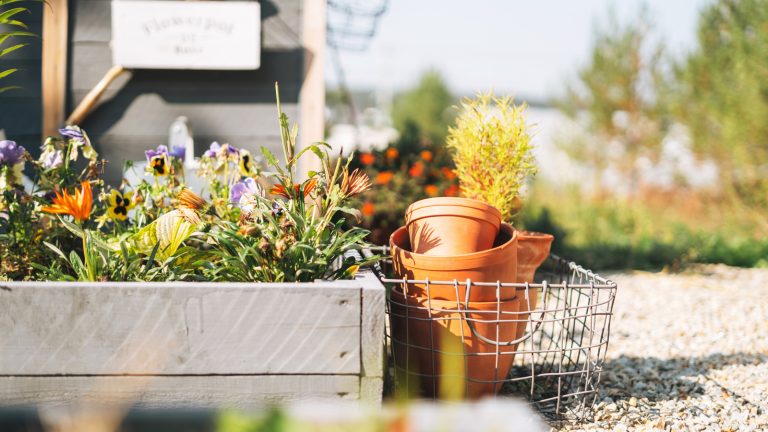There’s no one correct answer to the question of how long plastic food containers last. Some sources say a year; Others say they can last up to 10 years. In any case, you can generally expect higher-quality brands like Tupperware to last longer. (Single-use containers are another story. As the name implies, they shouldn’t be reused. These containers are usually marked with a recycling symbol with the number 1 inside it.)
Fortunately, you don’t need to keep track of how old your plastic containers are, as you can just use your eyes and nose to assess whether they are past their prime. Let’s start with the obvious signs: cracks and holes. Of course, these containers might leak, which is not ideal, but even if the crack is somewhere that won’t cause a leak (meaning it’s more a cosmetic issue than a functional one), that still means the container won’t seal properly, opening a window for bacteria. The same goes for scratches. While scratched containers might still be intact, they open up niches for bacteria to hide in, so you may want to ditch them.
It’s a similar case with warped containers. If the plastic no longer retains its original shape, that can mean it is starting to break down (for example, from being exposed to high temperatures or just from general wear-and-tear). The warping also may stop the lid from fitting, also opening the container’s contents to contamination.
What if the plastic smells or is stained?
If your containers have stains or discoloration from food or is smelling a bit funky, this can be a sign to throw them out, although it’s not as cut-and-dried as with physical damage. Smells are the bigger issue. If you’ve washed a plastic container thoroughly and it still gives off the scent of whatever was in it before, the plastic may be absorbing some of your food. That said, it’s not necessarily an issue (particularly if you had something more heavily scented, like a spicy Thai or Indian curry, in there). In this case, cleaning the container with baking soda may be enough. But if you want to play it safe, throw it out
Stained plastic containers require you to make a judgment call. Acidic foods — that includes tomatoes (and by extension, classic pasta sauces made from them), curry, and fruit juices — are more likely to stain plastic containers. However, if they’re not retaining food odors, the container is probably fine to use, and there are plenty of ways to get the stains out such as cleaning with white vinegar or lemon juice. If the container picks up stains no matter what you put in there, it’s time for it to go. Alternatively, just switch to glass containers. They’ll last longer.






